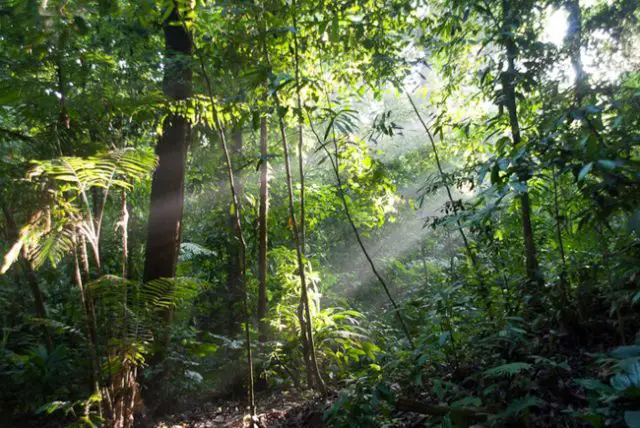A group of researchers from the National University (UNA), the University of Costa Rica (UCR) and the Technological Institute of Costa Rica (TEC) proposed the research project “Factors that Contribute to the Emission of Greenhouse Gases (GHG) in the Dry Forest and Its Interrelation with the Integrity of the Ecosystem”. This project was financed with funds from the National Council of Rectors (Conare).
This group, which was supported by several undergraduate and graduate students, analyzed the emission patterns of CO2, N2O, and CH4 in the soil.

The scientists also evaluated 2 stages of dry forest development (young and mature) and 2 types of soil (Vertisol and Entisol) to understand if these factors affect their gas production and how this relates to climate seasonality.
Braulio Vílchez, a
The researchers also developed a map of the main types of vegetation and characterized the structure and composition of the forest and its effect on protection against erosion.
In addition, inter- and intraspecific competition of trees, foliar, and stem traits, as well as flammability levels of 20-25 tree species in response to drought and forest fires were studied. Likewise, the effect of selection pressure on the genetic diversity of tree species was studied.
As a result of the project, the group of researchers produced a database of GHG in 2 types of forest and 2 types of soil; a mapping of the main types of vegetation, and the categorization of tree species to the phenomena of drought and forest fires. The information generated will provide updated knowledge so that decision makers can develop better public policies to ensure the conservation of Costa Rican forests.

